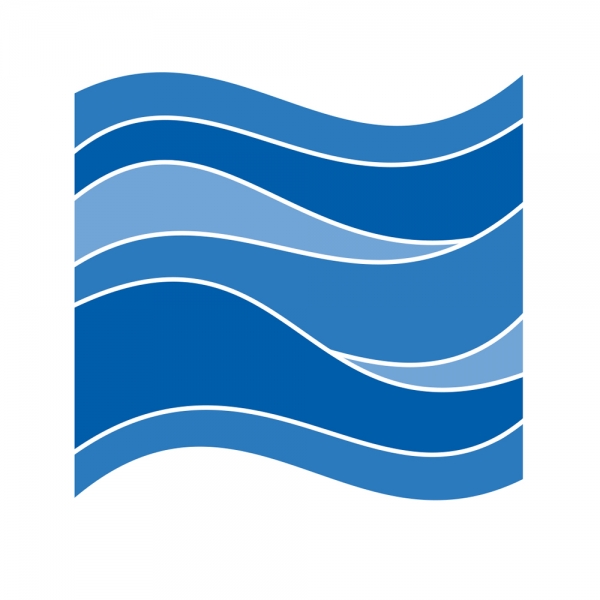
Year: 2010 - 2011
Estuaries in Australia support a diverse range of uses and functions, both environmental and social, in a delicate balance and the Hunter River estuary near Newcastle in NSW, Australia is no exception. The estuary has internationally recognised wetlands existing along-side the heavy industry of the city and Port of Newcastle and further upstream, farmlands with periodically irrigated pastures. The river itself also supports commercial and recreational fishing and boating. Both industry and the environment identify with, and respond to, the balance of the ebb and flow of the river tides and catchment runoff.
WRL recently supported a Hunter Water Corporation preliminary planning exercise looking at the sustainable effluent management and potential re-use of wastewater in the lower Hunter River catchment. Preparation of the plan was required to allow an informed discussion with planning authorities and regulators to enable Hunter Water to effectively manage the predicted increases in wastewater discharges as a result of expected population growth in the region in the medium term.
Hunter Water recognised that there was the potential for changes to the existing, highly treated wastewater inflows to the Hunter River, in particular from a reduction of inflows through wastewater re-use, and that these changes in flow might influence the balance of river water quality.
WRL was engaged to develop a Hunter River estuary model to support the planning process with reliable river information and scenario analysis to enable comparison of various wastewater management options. Model development and calibration to existing data sources, including conductivity data from instruments recently installed at five locations in the tidal pool by NSW Office of Water, was supplemented by a targeted data collection campaign by WRL.
The successful model calibration demonstrated that the model could faithfully reproduce both the short term and long term balance of the estuary in response to fresh water flushing and the subsequent recovery to saline conditions. Scenario testing using the model to simulate a 70+ year long analysis period provided a comprehensive data set for comparison. Model analysis for each re-use scheme provided a time based distribution and the relative influence on water quality of each of the treatment plants in any location in the estuary.
WRL Technical Reports: Hunter River Water Quality Model Stage 1: Project Scoping Report (2010/25); Hunter Water Quality Model Stage 2: Model Calibration and Validation Report (2011/03); Hunter River Water Quality Model Stage 3: Scenario Modelling (2011/23)

